The USDA Forest Service is planning a prescribed burn in June or July on about 42 acres of national forest land on the Bent Creek Experimental Forest. The one-day prescribed burn is part of a long-term research study led by scientists at Bent Creek Experimental Forest, part of the Forest Service’s Southern Research Station. The study will help agency scientists understand how the timing of prescribed burning affects hardwood regeneration — primarily for oaks — along with herbaceous vegetation, fuel loading and breeding bird communities.

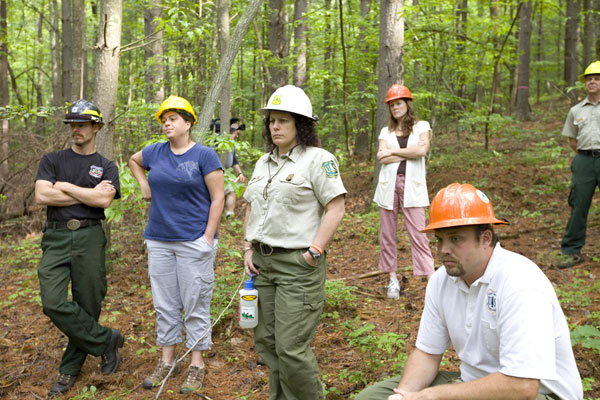
The areas to be burned include three forest compartments near the Lake Powhatan Recreation Area, adjacent to Forest Service Roads 479 and 664.
Planned and supervised by the National Forests in North Carolina, the prescribed burn hasn’t been set for a particular date, but will take place when environmental conditions permit, according to an agency checklist for weather and other environmental conditions. Wind and humidity are key factors in fire behavior, safety and smoke control.
Safety of firefighters and the public is the number one priority in timing and carrying out the burn. Several roads and trails adjacent to the burn are expected to be closed on the day of the burn, or a day or two longer if hotspots persist. The public is asked to heed signs posted on roads and trailheads and stay away from burn sites and closed roads and trails.
The Forest Service is required to meet state air quality requirements and will conduct smoke modeling to reduce the possible effects of smoke emissions. Adequate personnel and equipment will be on site, and the Forest Service says it expects the operation will be completed in a single day, so barring the unforseeable, road closures are expected for just one day.
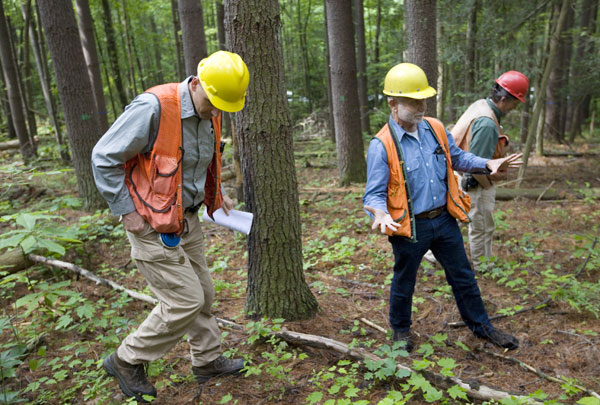
Fire is an ecological factor affecting forests everywhere, and prescribed fire is one of many tools used by forest managers to achieve desired future conditions in managed forests; yet its long-term effects have not been well studied in the moist growing conditions of the Appalachian mountains, especially during the growing season.
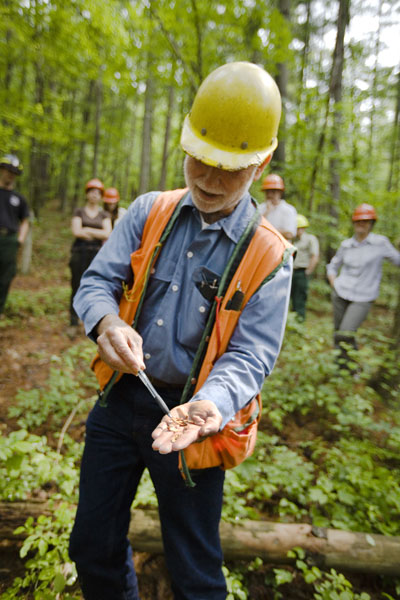
In the images above and below, SRS research forester Henry McNab holds a handful of tulip poplar seeds — a deciduous tree that grows fast and competes with oak trees for light and space in area forests. They’re part of the “seed bank” harbored in the leaf litter on the forest floor — seeds waiting for a chance to sprout, grow, and get their branches spreading into the sun of the forest canopy — and thus they’re one of the forces oaks (and forest managers) must overcome if they are to persist here for the long term.
Established in 1925, the Bent Creek Experimental Forest is the oldest research forest in the South, offering scientists the opportunity to examine the long-term effects of their efforts to improve timber production while maintaining soil and water quality, along with ecosystem sustainability. For more information about this burn and prescribed burning in general, check out our upcoming story (in print June 8), or one of several pages about prescribed fire at the Southern Forest Research Station website.
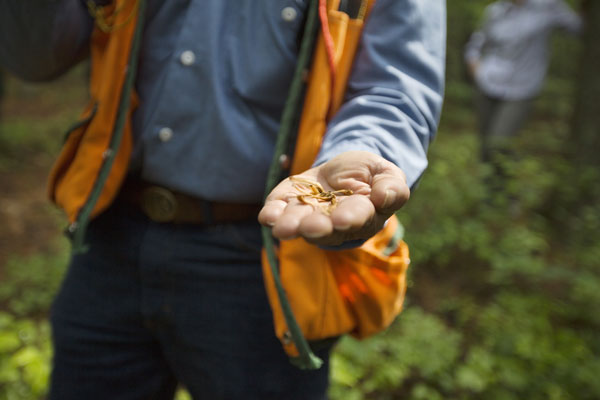
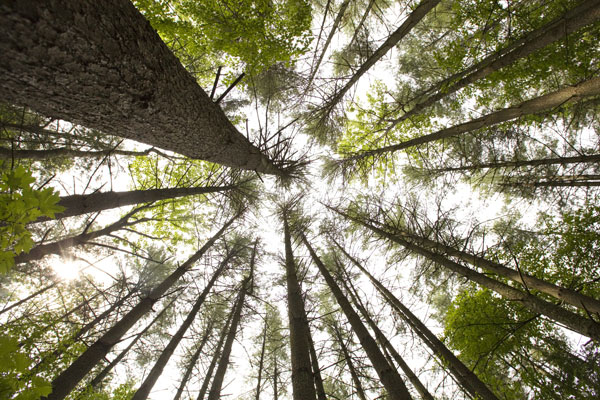
Photos by Jonathan Welch



Jonathan:
That last photo is supreme.
Sounds like a very neat program. I look forward to progress updates on the Xpress over the years.
Any other info, links, etc?
Looks like it’s going to get a little hot for us trail riders!
Prescribed burns frequently get out of hand. This area is not like out west where certain species must be released by fire. Here some species may benefit but are not dependent upon fire . There are questions that this news piece does not answer.
1. What about the adverse affects on old growth forests?
2. What about serious documented health problems from the smoke? Woodsmoke has been determined to be a carcinogen and a danger to those with lung problems.
3. Are there alternative methods of reducing the risk of fire such as manually clearing dead wood and mulching this for use in other areas such as on highways and public gardens.
Panther, it’s different here in the SE Mountains than it is “out west”. It’s not a question of having the species released by fire, but by cutting down the faster growing species such as Poplar which edge out the slower, old growth saplings, such as Oak.
Technically, there is no old growth in Bent Creek, has been dissected since the early ’30’s, and we would have no knowledge of Pine Beetles, invasive species or other environmental problems our forests have today.
If you have lung problems, you should probably not go to Bent Creek that day.
Although, the idea is nice, it seems silly to think of the fossil fuel that would be needed to drag, mulch and deliver all that dead wood to the public gardens and highways.
Panther raises questions that are of interest in a general way, but are outside the scope of this story. For example, in these particular forest stands, old growth is not a concern — the areas proposed for the burn were acquired from the Biltmore Estate early in the 20th century, were planted by the Civilian Conservation Corp in the 1930s, and have been research plots for decades. There is no old growth in these three stands. There are, however, countless baby white pines ready to grow and overtake the yearling oaks in the leaf litter, so there’s an opportunity for the agency to examine fire as a tool to keep the pine and poplar at bay, while advancing the young oaks. What makes THAT the objective? It’s a common management goal for forest managers, based on the value placed on oaks (for timber and for wildlife, since many species eat acorns).
@panther-Burning is FAR more sustainable than the equipment required to ‘mulch’. And you want to REMOVE the mulch from the forest floor and put it in people’s gardens??
Fire is good for forests. This is an inspiring program
[b]Woodsmoke has been determined to be a carcinogen and a danger to those with lung problems[/b]
It’s best not to stand over it and inhale, then.